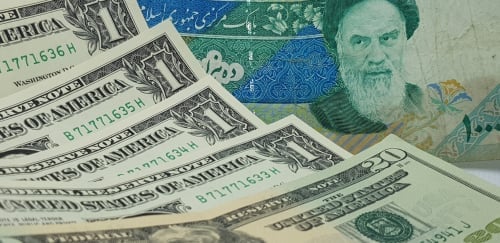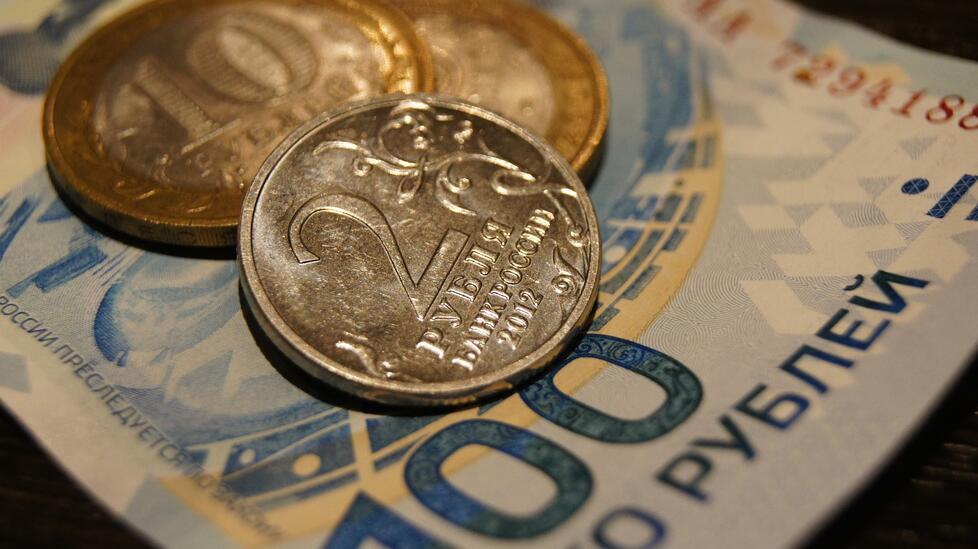Publisher: Maaal International Media Company
License: 465734
Iranian currency plummets due to war: Black market erupts, foreign currencies soar
The Iranian rial continued its sharp decline against foreign currencies this week, as military confrontations between Tehran and Tel Aviv escalated. This comes at a time of heightened anticipation in local and international markets regarding the repercussions of the crisis on the entire region.
Since dawn on Friday, June 14, the Iranian currency has fallen by about 12% against the euro, while the dollar has exceeded 930,000 Iranian rials on the unofficial market, according to reports from inside Tehran. This comes amid the absence of any effective intervention from the Central Bank of Iran, which has remained silent regarding the currency’s collapse and the rising levels of anxiety among citizens.
Sources in the exchange market reported that a number of currency pricing platforms have been closed or subjected to severe restrictions by the authorities to contain the growing panic. However, this has not prevented increased demand for the dollar and gold as safe havens. Analysts believe that the Iranian rial, already suffering from chronic economic pressures and long-standing Western sanctions, has entered a new phase of rapid erosion due to the disruption of energy facilities and growing public concern over commodity scarcity and rising prices of basic commodities.
اقرأ المزيد
Observers expect pressure on the currency to continue if uncertainty about the future of the escalation persists, amid fears that the economic and social crisis in Iran will worsen and its effects will extend to global energy markets.
Oil prices continued to rise in early trading today, driven by fears of disruption to crude supplies, especially through the vital Strait of Hormuz. Brent crude futures rose 0.4% to $76.80 a barrel, while US West Texas Intermediate crude futures rose 0.5% to $75.23 a barrel. Oil prices ended yesterday’s session up more than 4% after US President Donald Trump called on Tehran to “unconditionally surrender,” as the conflict entered its sixth day. In addition to its direct impact on the Iranian currency and financial markets, the war has caused widespread disruptions across global markets, leading to sharp fluctuations, higher oil prices, and higher shipping costs, amid warnings of potential supply chain disruptions and inflationary pressures that could prompt central banks to maintain higher interest rates for longer.








